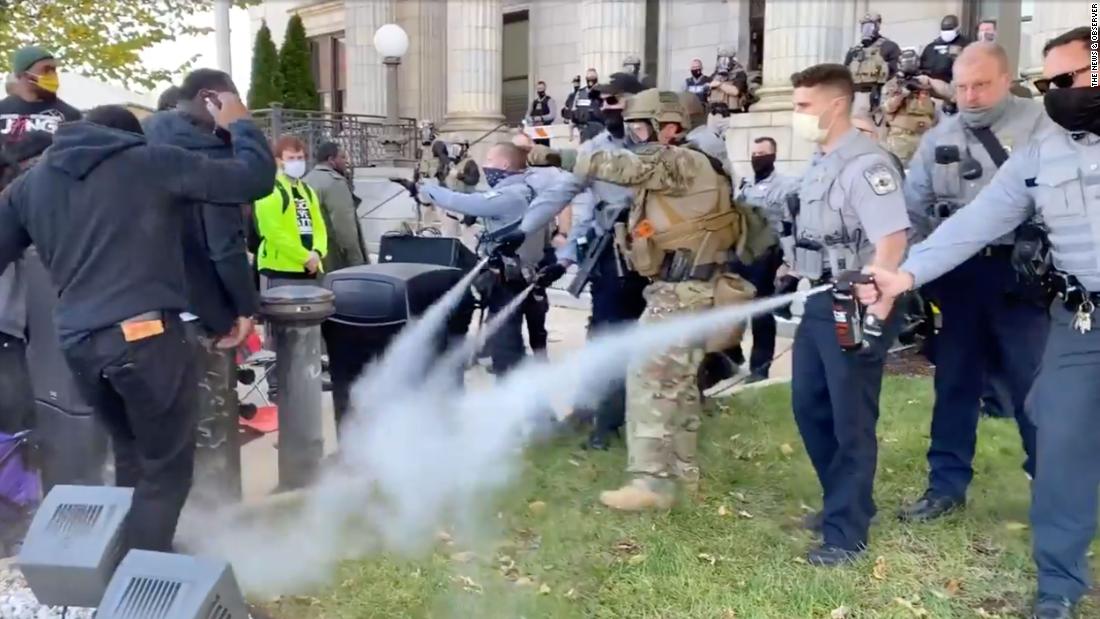
Americans may not be able to travel the world because of the pandemic, but thousands of foreign radio stations are easily accessible online to bring the world to you.
For Dorothy Parvaz, a radio editor in Washington, D.C., foreign radio was her first introduction to the world beyond Tehran, where she lived until 12. “Listening to radio signals coming in from other countries was just like seeing the world in a way we couldn’t on TV, ” she said. “If I wanted to find music, I went to the apartment downstairs, where one of the kids always got a good signal somehow. We heard Pink Floyd for the first time together.”
Here, some ways to tune into the world on your computer or phone. In some cases these are broadcast stations that also make their programming available on the web. Others are internet-only stations.
Based in Amsterdam, Radio.garden offers the world: Type “Nigeria" into the search bar, for instance, and 20 stations pop up, including one focused on human rights. You can listen in English to programs from Canada, Britain, Ireland or Australia. The home page, titled “Live”, allows users to explore the world’s radio stations in real time, by simply rotating the globe on the site and clicking a spot. (Radio.garden; or via a free app for iOS and Android).
ThreeD radio, a 41-year-old station in Adelaide, Australia, includes aboriginal music in its regular playlists. “Their music is exceptionally soulful, and often talks about the struggles that the Aboriginals have faced,” said William Taylor, a career development manager at VelvetJobs an outplacement company. His favorite musicians: Ziggy, Thelma Plum, Zaine Francis and Steady (threedradio.com).
For fans of Indian music, Hits of Bollywood was founded to serve the Indian diaspora. It plays Hindi songs, gazalas, classical songs, qawwalis and much more (onlineradios.in/hits-of-bollywood). NTS Radio, with studios in Los Angeles, Shanghai and Manchester, England, offers wildly eclectic selections — Japanese psychedelia from 1968 to 1975, a performance by the experimental rap group Clipping, and new World music albums, among other things (nts.live; also available via a free app for iOS and Android). Nostalgie, a French station, plays hits from the 1960s through 1990s, from classic French musicians like Edith Piaf, Johnny Hallyday and Renaud to Seal, Queen and Duran Duran (nostalgie.fr).
From Egypt, Nile FM, primarily plays Top 40 programming, “but between 7 and 8 a.m. (1 to 2 a.m. Eastern) they have a great classic rock hour,” said Ethan Haynes, an author and part-time teacher of students with learning disabilities currently living in Cairo. “The weekends have a syndicated techno/house program while their DJs enjoy their days off.” Nile broadcasts in English, but it is a “good way to hear the Middle Eastern perspective on American politics or to hear Middle Eastern news that might not be featured in American media,” he said (nilefm.com, or through an app for iOS and Android).
The government-funded Canadian Broadcasting Corporation offers a wide array of shows, from Writers & Company, an award-winning program hosted by the journalist Eleanor Wachtel focused on books and authors, to Cross Country Check-Up, a 51-year-old weekly national open-line radio program, broadcast live simultaneously through six time zones across the country every Sunday afternoon on CBC Radio One. It attracts more than a half million listeners, according to the CBC, with 5,000 to 10,000 people trying to call in and join the discussion (cbc.ca/radio; or via a free app for iOS, cbc.listen).
RFI Monde (Radio France International, World) offers world news and cultural programs exploring literary, poetic and musical aspects of different cultures, especially with an emphasis on Francophone West African countries, in English (rfi.fr/en; or via a free app for iOS/Android).
Listening to radio from Latin America in Spanish offers cultural insight and a chance to hone your Spanish-language skills. Adel Hattem, the founder of D Music Marketing, an artists’ management firm in Miami, grew up in Mexico City and is a huge fan of Aire Libre, a station there she calls “very artsy, all over the map” (airelibre.fm or via a free app for iOS/Android). In Bogotá, Colombia, RadioNica offers an equally eclectic mix (radionica.rocks/en-vivo/radionica). It is a national station focused on indie and electronic music with seven million listeners in the country. She also recommends IBERO 90.9, a station in Mexico City that’s a favorite of college students and indie music lovers, with an audience of 600,000 daily (ibero909.fm; or via a free app for iOS/Android through radio.net).
"to" - Google News
November 01, 2020 at 08:58AM
https://ift.tt/2TG6MgP
How to Listen to Radio Stations From Around the World - The New York Times
"to" - Google News
https://ift.tt/368wPko
https://ift.tt/2YvVgrG













